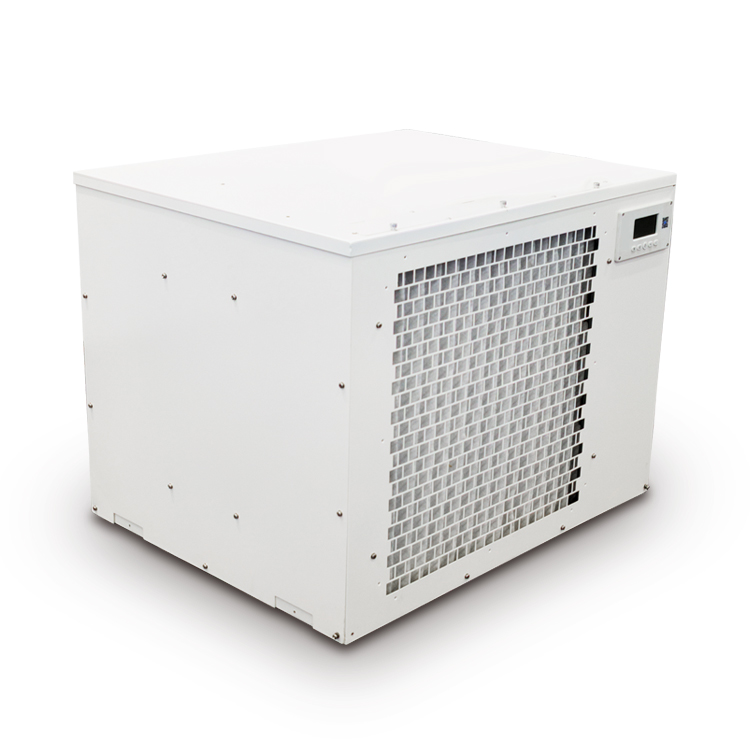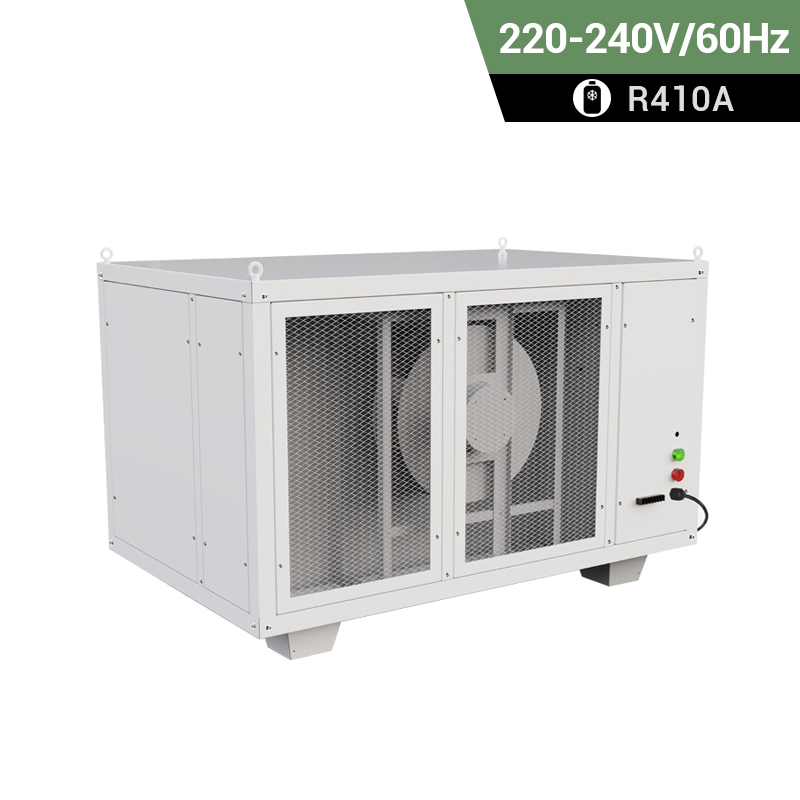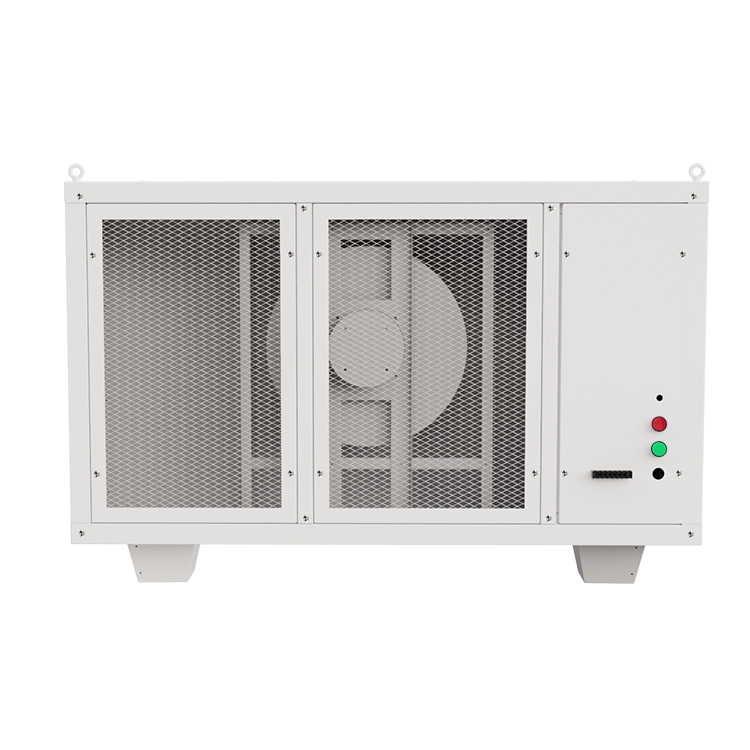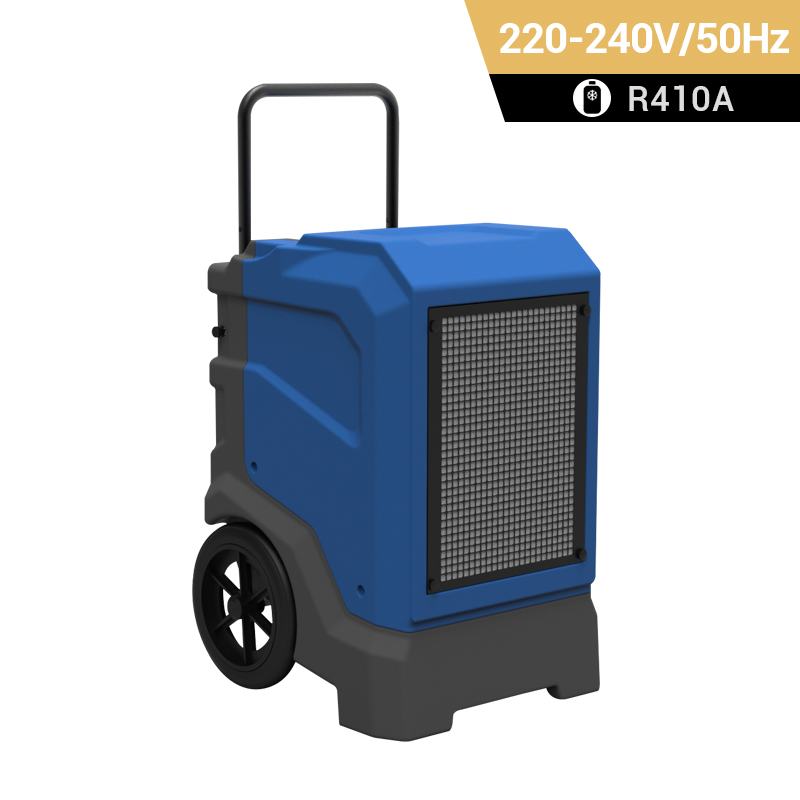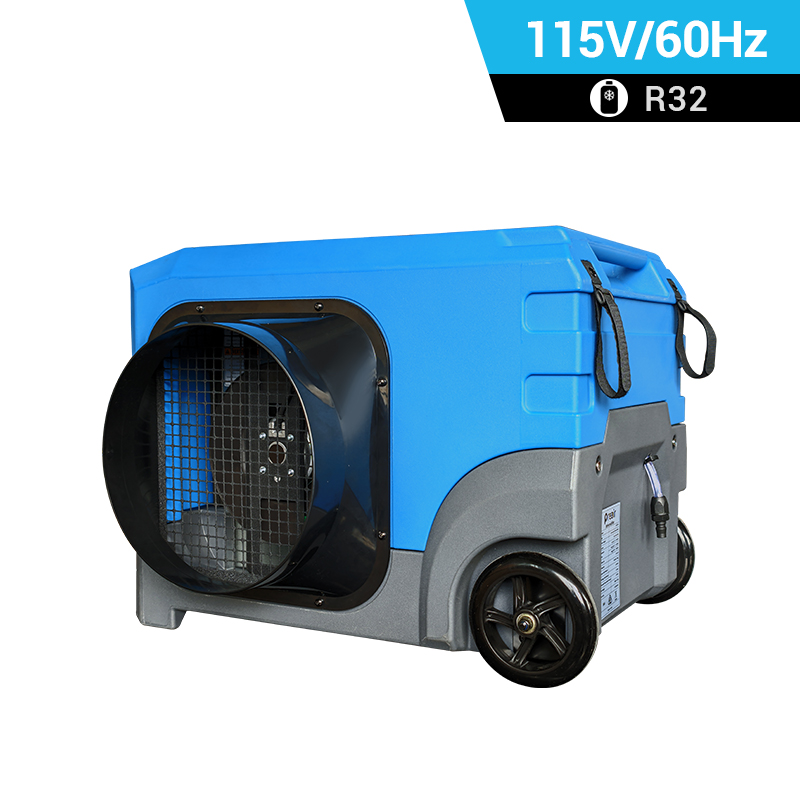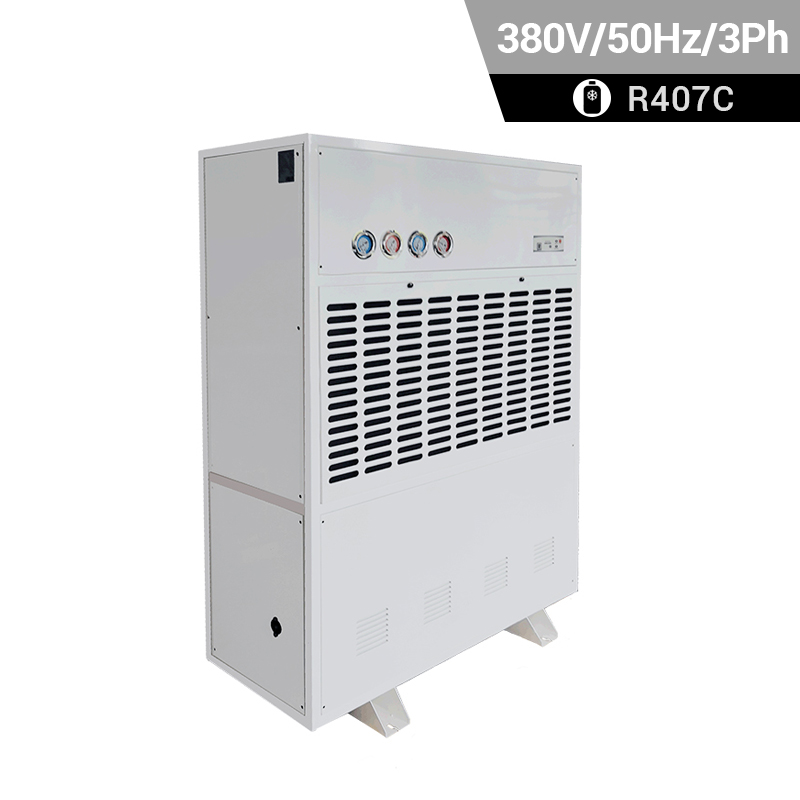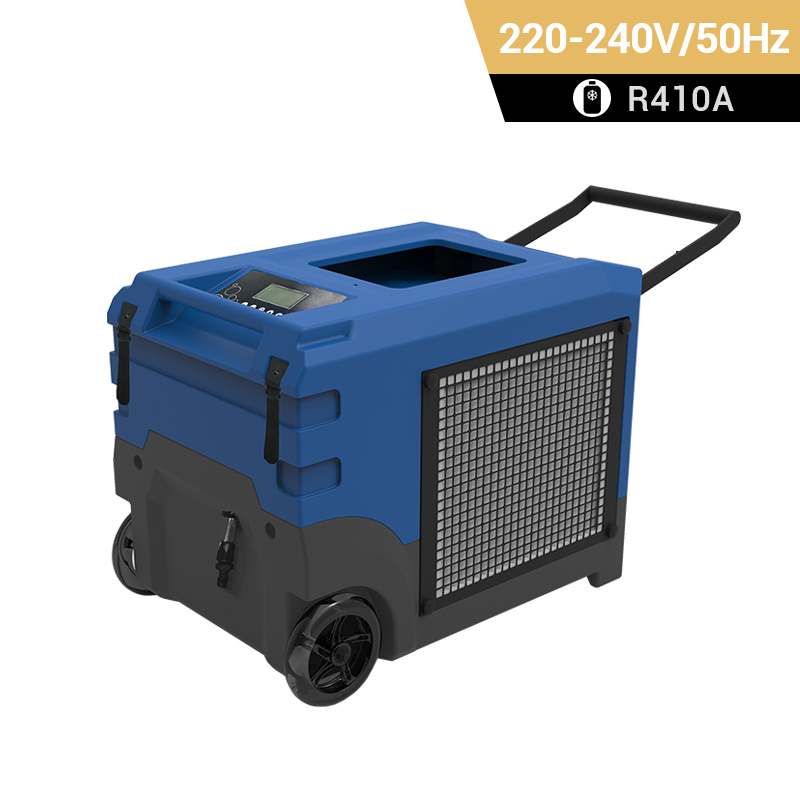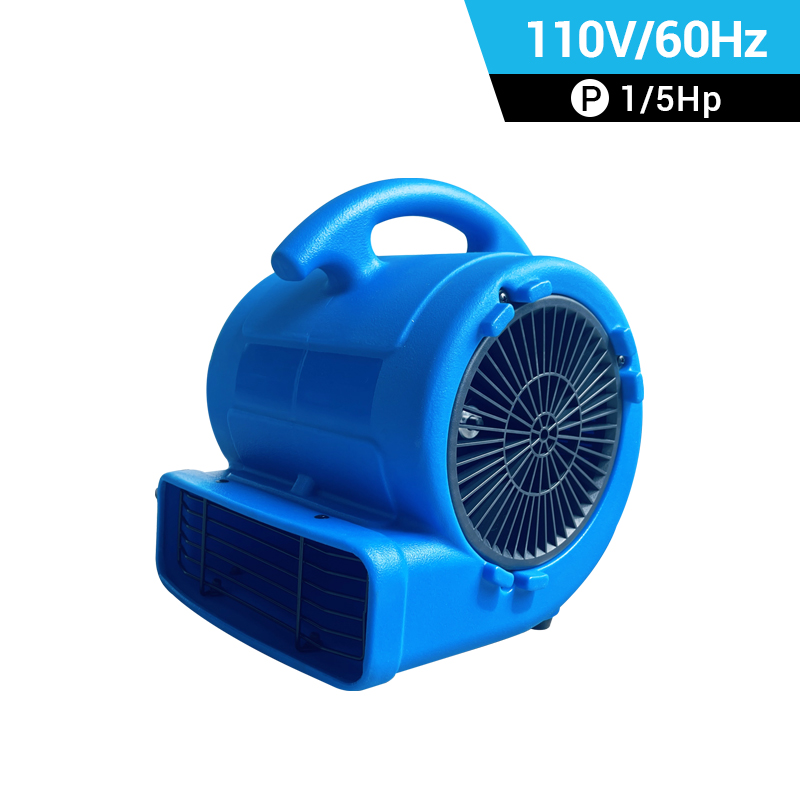Preair Commercial Use Dehumidifier
How do commercial buildings control humidity?
Commercial buildings use various methods to control humidity levels and maintain a comfortable indoor environment. Here are some of the most common methods:
HVAC systems: Heating, ventilation, and air conditioning (HVAC) systems are commonly used in commercial buildings to control temperature and humidity levels. HVAC systems can include components such as air handlers, chillers, and dehumidifiers to regulate humidity levels.
Dehumidifiers: Commercial dehumidifiers are specifically designed to handle large spaces and high volumes of moisture. They can be installed as standalone units or integrated into HVAC systems. There are also home dehumidifiers and industrial dehumidifiers widely used to control humidity.
Ventilation: Proper ventilation is important for controlling humidity levels in commercial buildings. Ventilation systems can be designed to bring in fresh air and remove excess moisture, helping to maintain comfortable indoor conditions.
Vapor barriers: Commercial buildings may use vapor barriers to prevent moisture from entering the building through walls and floors. Vapor barriers are typically made from materials such as plastic or foil and can be installed during construction or added later as a retrofit.
Building envelope design: The design of the building envelope, including walls, windows, and doors, can have a significant impact on humidity levels. Proper design can help to prevent moisture intrusion and minimize the need for additional humidity control measures.
Overall, the most effective way to control humidity in a commercial building is to use a combination of these methods. HVAC systems, dehumidifiers, and ventilation can all play important roles in maintaining comfortable indoor conditions and preventing moisture-related issues like mold growth and structural damage.
Related Products

Top Selling Products
-

Phone
-

E-mail
-

Facebook
-

Youtube
-

Top


